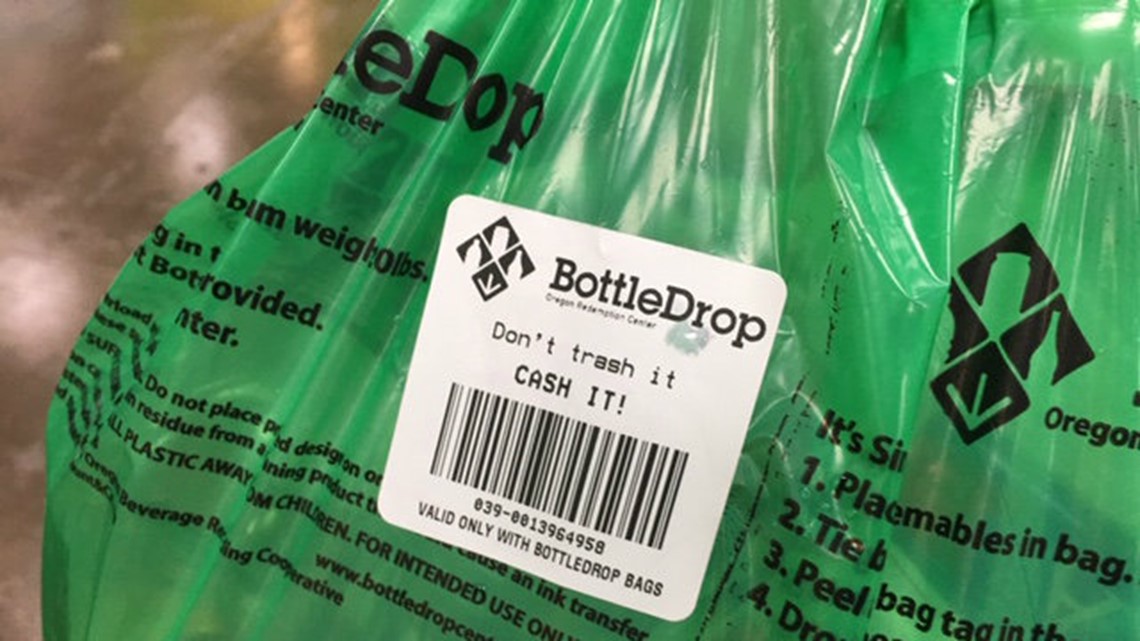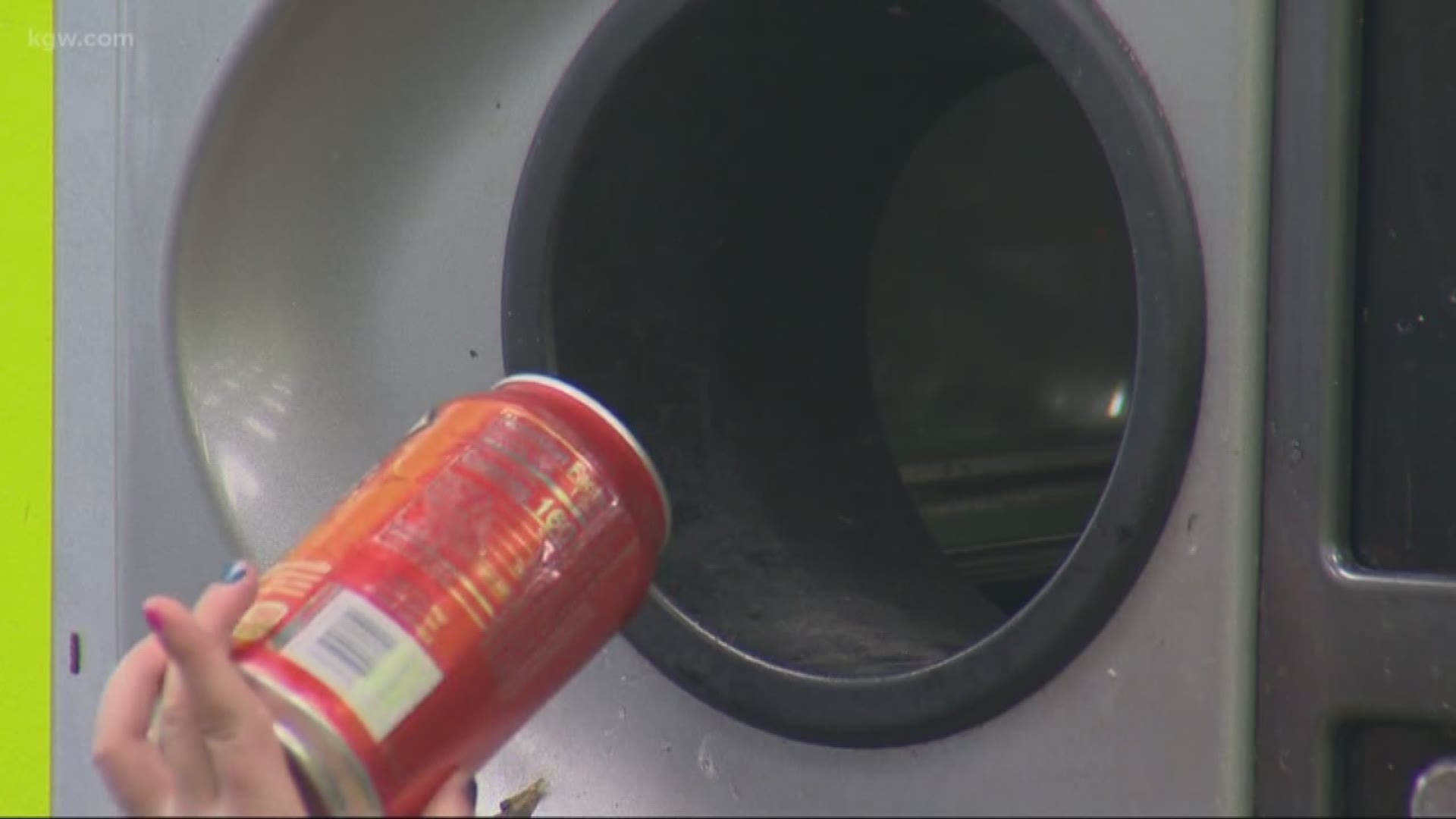BEND, Ore. — The Oregon Beverage Recycling Cooperative, which oversees the state's bottle deposit program, says about 90 percent of the containers covered by the plan were returned and redeemed in 2018.
That's a jump of around 35 percent over where the figure stood just two years ago.
The Bulletin reports Oregonians recycled around 2 billion containers last year, the most ever under the program.
Joel Schoening, community relations manager for the cooperative, attributed the uptick primarily to two recent efforts to revamp the state's bottle redemption program: dramatically expanding the types of containers included in the program and raising the deposit from 5 cents to 10 cents in April 2017.
"That dime did what it was supposed to," Schoening said.
Additionally, the cooperative announced the number of BottleDrop accounts increased by 50 percent last year, with about 300,000 households now enrolled in the program.
Having an account means you can get a debit-style card to load up your deposit money on and use, even getting an additional 20 percent on the total when you spend it at participating grocery stores.
Bottle Drop also has special green plastic bags users can take home.
"Come in, sign up for an account, take a green bag home, fill it up with cans, drop it off here, we will count it and credit your account the balance," explained Schoening.


In part because of this increase in participation, Schoening said the cooperative is looking at adding more BottleDrop redemption centers across the state.
"What we're seeing is that people are driving farther to return their bottles than they are to buy them," Schoening said.
When the Oregon bottle bill passed in 1971, it added a 5-cent deposit to the sale of every bottle and can of beer, soda and similar beverages sold in Oregon, which could be redeemed by returning the bottle.
In 2016, the Oregon Liquor Control Commission announced the deposit would be increased to 10 cents, after redemption rates fell below the levels set by the Legislature. The change occurred in April 2017, and the redemption rate spiked from 59 percent to 82 percent for the rest of the year.
Another major change occurred at the beginning of last year, when the state expanded its list of acceptable containers to include energy drinks, juice, coffee, tea and other beverages. Schoening said the raw totals of redeemed containers predictably spiked after the change, but he said the redemption rate increased despite the volume of new recyclables, a sign that more Oregonians bought into the program.

